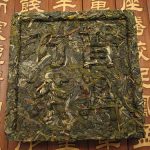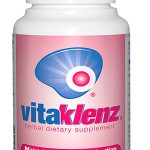Unlocking the Healing Power of Light
Unlocking the Healing Power of Light: Photobiomodulation Therapy (PBM), Low-Level Light Therapy (LLLT), Red Light Therapy, and Near-Infrared Light Therapy
In recent years, a growing body of research has shown that light can be a powerful tool for healing and promoting health. Photobiomodulation therapy (PBM), low-level light therapy (LLLT), red light therapy, and near-infrared light therapy are all examples of non-invasive therapies that use specific wavelengths of light to stimulate healing and promote various health benefits.
Photobiomodulation Therapy (PBM)
Photobiomodulation therapy (PBM), also known as low-level laser therapy (LLLT), is a non-invasive therapy that uses specific wavelengths of light to stimulate the body’s natural healing processes. PBM works by delivering photons of light energy to the body’s cells, which triggers a series of biological responses that promote healing.
PBM has been shown to be effective in treating a wide range of conditions, including chronic pain, inflammation, and tissue damage. It is also commonly used to improve skin health and reduce the appearance of wrinkles and other signs of aging.
One of the key benefits of PBM is its ability to stimulate the production of ATP (adenosine triphosphate), which is the energy currency of the cell. By increasing ATP production, PBM can help to power cellular processes such as repairing damaged tissues, reducing inflammation, and boosting circulation.
Low-Level Light Therapy (LLLT)
Low-level light therapy (LLLT) is a type of PBM that uses low-intensity light to stimulate healing and promote health. LLLT is typically delivered through a device that emits specific wavelengths of light, such as red or near-infrared light.
LLLT has been shown to be effective in treating a variety of conditions, including musculoskeletal pain, chronic wounds, and skin conditions. It is also commonly used to promote hair growth and improve cognitive function.
One of the key benefits of LLLT is its ability to reduce inflammation. By reducing inflammation, LLLT can help to reduce pain and promote healing. It can also stimulate the production of collagen, which is an essential component of the skin, bones, and connective tissues.
Red Light Therapy
Red light therapy is a specific type of LLLT that uses red light wavelengths to stimulate healing and promote health. Red light therapy has been shown to be effective in treating a variety of conditions, including skin conditions, joint pain, and cognitive dysfunction.
One of the key benefits of red light therapy is its ability to promote collagen production. By promoting collagen production, red light therapy can help to improve skin health and reduce the appearance of wrinkles and other signs of aging.
Red light therapy can also improve joint health by reducing inflammation and promoting circulation. It can also improve cognitive function by increasing blood flow to the brain and stimulating the release of serotonin and other neurotransmitters.
Near-Infrared Light Therapy
Near-infrared light therapy is a specific type of LLLT that uses near-infrared wavelengths to stimulate healing and promote health. Near-infrared light therapy has been shown to be effective in treating a variety of conditions, including musculoskeletal pain, cognitive dysfunction, and sleep disorders.
One of the key benefits of near-infrared light therapy is its ability to penetrate deep into the tissues of the body. This deep penetration can help to stimulate the production of ATP and promote healing at a cellular level.
Near-infrared light therapy can also improve sleep by increasing melatonin production and regulating the circadian rhythm. It can also reduce inflammation and promote the growth of new blood vessels, which can help to promote healing and reduce pain.
In conclusion, photobiomodulation therapy (PBM), low-level light therapy (LLLT), red light therapy, and near-infrared light therapy are all examples of non-invasive therapies that use specific wavelengths of light to promote healing and various health benefits. These therapies have been shown to be effective in treating a wide range of conditions, from chronic pain and inflammation to skin conditions and cognitive dysfunction. They work by delivering light energy to the body’s cells, which triggers a series of biological responses that promote healing and improve overall health. While more research is needed to fully understand the mechanisms behind these therapies, they offer a promising avenue for promoting health and wellness without the need for invasive procedures or medications.
Equipment and associated frequencies used in these studies detailed below:
Sure, here is a breakdown of some of the equipment used in studies on photobiomodulation therapy, low-level light therapy, red light therapy, and near-infrared light therapy:
- Light Emitting Diodes (LEDs): LEDs are a common type of equipment used in these therapies. They emit specific wavelengths of light, typically in the visible or near-infrared range. The frequencies used in these therapies can vary depending on the specific condition being treated, but common frequencies include 630nm and 830nm.
- Lasers: Lasers are another type of equipment used in these therapies. They emit light in a focused beam, allowing for precise targeting of specific areas of the body. Lasers are often used in clinical settings for more severe conditions, while LEDs are more commonly used in at-home devices. The frequencies used in laser therapy can vary widely, depending on the specific laser used and the condition being treated.
- Infrared Saunas: Infrared saunas are a type of equipment that emit near-infrared light to penetrate deep into the tissues of the body. They are commonly used for conditions such as chronic pain, detoxification, and weight loss. The frequencies used in infrared saunas can vary, but typically fall within the range of 700nm to 1100nm.
- Handheld Devices: Handheld devices are a popular type of equipment used in at-home light therapy. They are typically small, portable devices that emit specific wavelengths of light. The frequencies used in these devices can vary, but common frequencies include 630nm and 830nm.
- Full Body Devices: Full body devices are larger, more powerful devices that emit light over a larger area of the body. These devices are typically used in clinical settings for conditions such as chronic pain and tissue damage. The frequencies used in full body devices can vary, but often fall within the range of 600nm to 1100nm.
Overall, the specific equipment used and the frequencies utilized can vary widely depending on the specific condition being treated and the type of therapy being used. It’s important to consult with a healthcare professional to determine the best course of treatment for your specific needs.
-
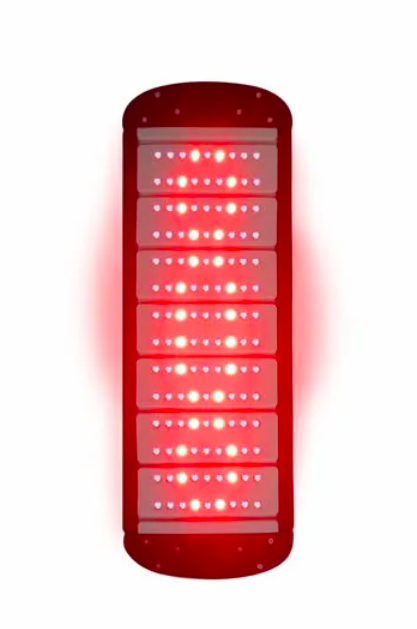 iLED Pro Mini Tri-Wave Multi-Pulse Light Therapy Pad$ 799.00
iLED Pro Mini Tri-Wave Multi-Pulse Light Therapy Pad$ 799.00 -
 The New Trinity Pack: CelLED iLED Pro, iLED and iLED Pro Mini$ 2,399.00
The New Trinity Pack: CelLED iLED Pro, iLED and iLED Pro Mini$ 2,399.00 -
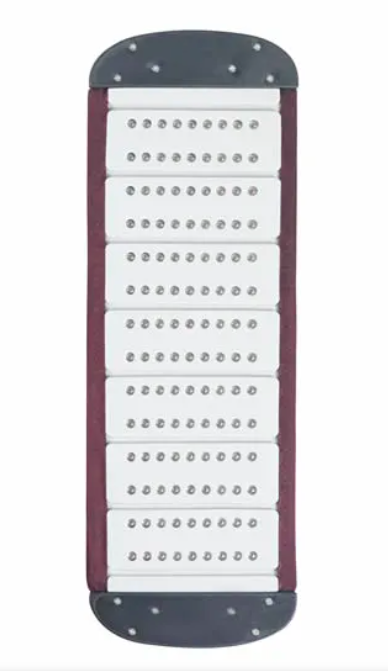 Dual CelLED iLED Pro Mini’s$ 1,499.00
Dual CelLED iLED Pro Mini’s$ 1,499.00 -
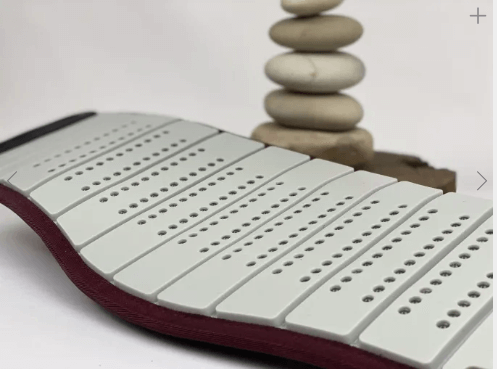 Dual CelLED iLED Belts$ 1,699.00
Dual CelLED iLED Belts$ 1,699.00 -
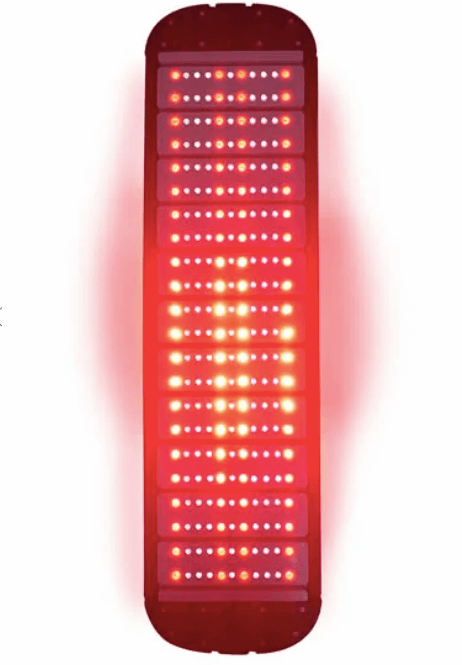 iLED Pro Tri-Wave Multipulse$ 1,299.00
iLED Pro Tri-Wave Multipulse$ 1,299.00 -
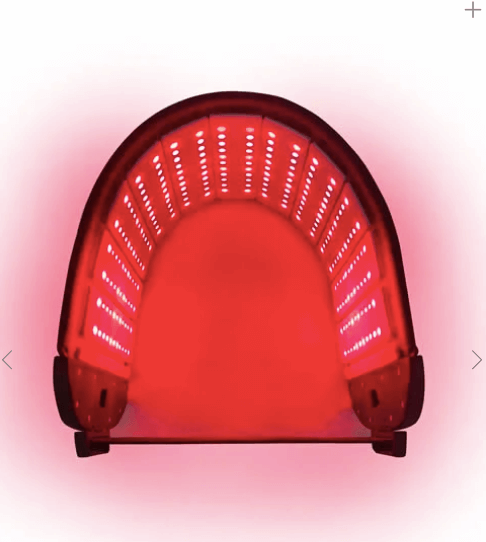 Dual CelLED iLED Pro Belts$ 2,399.00
Dual CelLED iLED Pro Belts$ 2,399.00 -
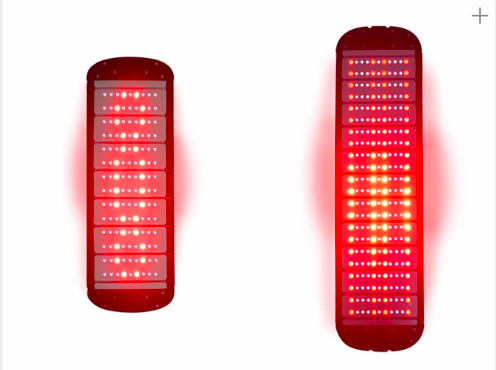 The iLED Pro Duo: CelLED iLED Pro and iLED Pro Mini$ 1,899.00
The iLED Pro Duo: CelLED iLED Pro and iLED Pro Mini$ 1,899.00 -
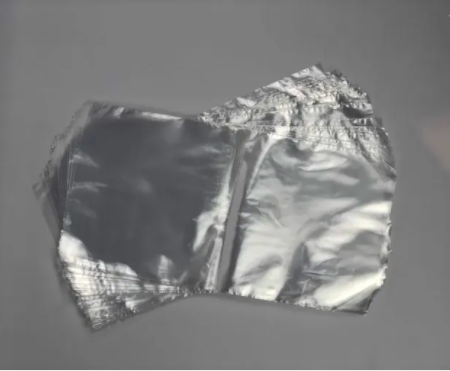 Secret Care Infection Control SleevesPrice range: $ 16.38 through $ 27.30
Secret Care Infection Control SleevesPrice range: $ 16.38 through $ 27.30 -
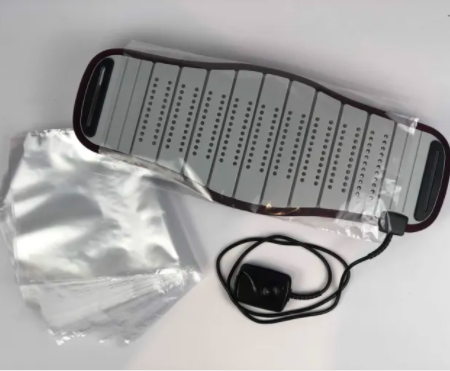 iLED Belt Size Disposable Infection Control SleevesPrice range: $ 21.84 through $ 35.49
iLED Belt Size Disposable Infection Control SleevesPrice range: $ 21.84 through $ 35.49



